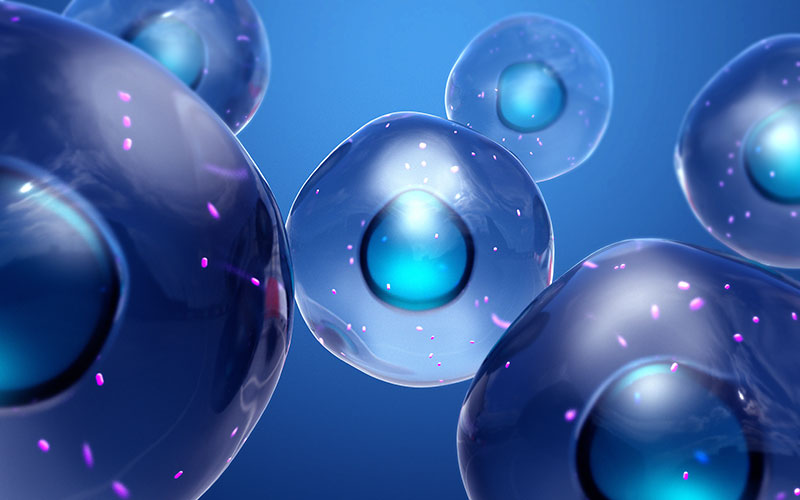Expansion microscopy (ExM) enables the imaging of cells and their components with a spatial resolution far below 200 nanometres.

The proteins of the sample under investigation are cross-linked into a swellable polymer. Once the interactions between the molecules have been destroyed, the samples can be expanded many times over with water. This allows detailed insights into their structures.
Scientists have now synthesised functionalised sphingolipids – a vital component of cell membranes. When added to cell cultures, the lipids are incorporated into the cell membranes and can be marked with a dye and expanded four to 10 times in a swellable polymer.
The scientists show that this method – in combination with structured illumination microscopy – makes it possible to image membranes and their interactions with proteins with a resolution of 10 to 20 nanometres: cell membranes, the outer and inner cell nuclear membrane and also the membranes of intracellular organelles, such as mitochondria.




